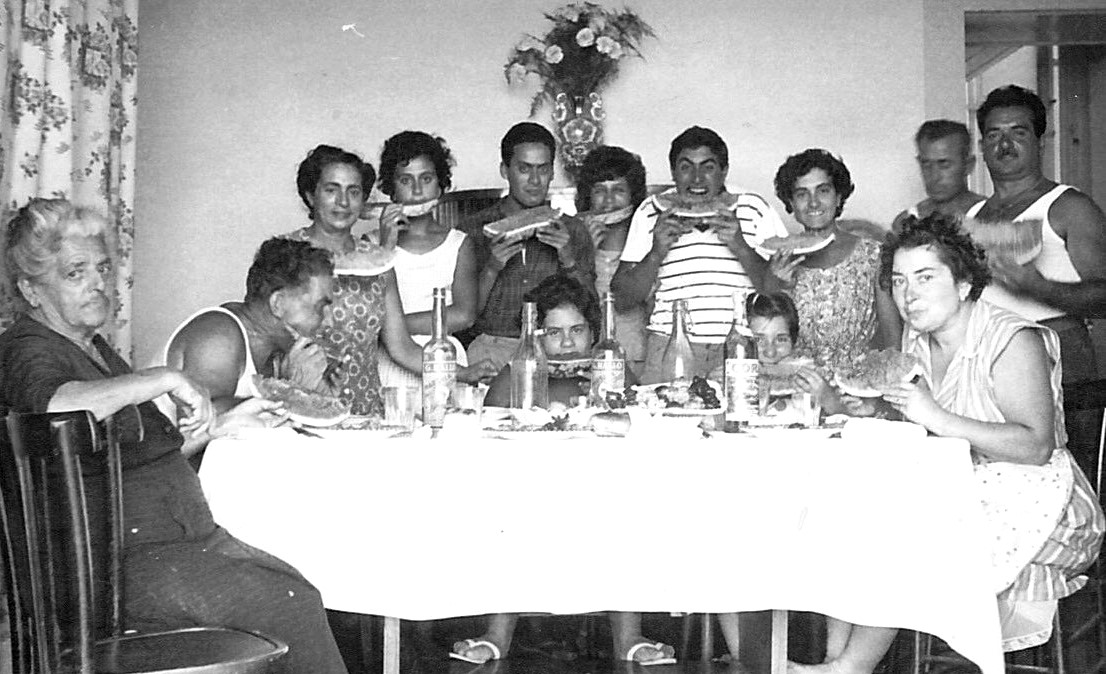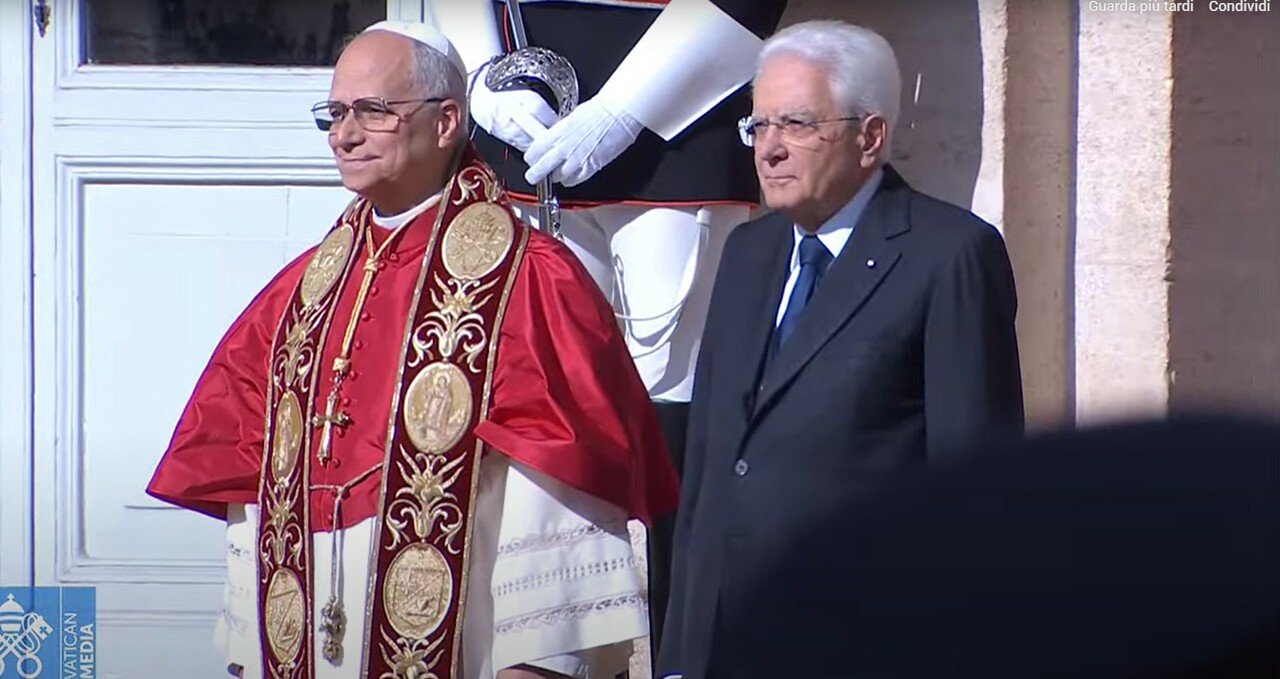My passion for coffee is indisputable, since my grandmother Anîta, unaware of my mother, slipped a little bit into the mug of my morning milk. He gave that milk an intriguing aroma. Today I am not dependent as some Italians, but it does not pass day without a couple of good cups. In the morning I am indispensable, in order to be able to connect and understand who I am, what year it is, and where my head is. I don’t know how I can go to the coffee machine. The first is immancably an espresso, a cappuccino on Sunday, but I confess that my synapses do not connect well before the second cup. Landing as an Italian in the United States, he bribed the indelible Italianity in me. In fact, I believe that the coffee defines better than any other costume the polyhedrity of American culture, distinguishing it clearly from the Italian one, where coffee is the result of a centuries-old “abstraction” research aimed at absolute perfection, perhaps more than any other form of culinary art. This story starts from my arrival in Boston, where American coffee reigned and where, to drink an espresso, sometimes even to find a bar machine, I had to go to the Italian neighborhood.
During my decades of residency in the USA I had to get used to every kind of coffee, especially to the one obtained with the method of percolation, that is by fall, an unknown preparation in Italy, (if not, tangentially, in the Neapolitan coffee maker), a coffee that in our peninsula would appear to an Italian like a brode. In the last decade, I had to witness the heroic and failed attempts of countless franchises to imitate what is done in Italy, with results between the poor and the pathetic, not to say poisonous and unbeatable. We agree, copies are a compliment and hybridizations are inevitable! But only starting from scratch, as the Japanese did from a Steinway piano or from a Bechstein you can get to the brilliance of a Yamaha C3, whose sound is notoriously more suitable for jazz. But here I am talking about the sumptuous practicality of the Americans, not the meticulous deconstructionism of the Far East magicians, which today produce cars that leave the mechanic. My many years of experimentation with multiple methods of preparation, all aimed at obtaining an ideal cup, although culturally hybrid, today gives me the authority to speak with competence. Moreover, at home I have six different systems and methods to produce it, including the famous recessed honey, a bar machine and the inevitable arsenal of coffee makers Moka Express.
Let us begin with the fact that, the things done “Italian” are only seemingly simple. Behind a real espresso coffee is a long work of refinement, from the invention of the steam pressure machine; to the Moka Bialetti coffee maker by Luigi Di Ponti of 1933; from the search for the ideal mixture to the elimination of unnecessary and foreign elements. Simmetrically, things done in the American way are deceptively complex. They are particularly obvious to anyone who immigrates to the United States. In America, the availability of a thousand choices for the customization of each drink – an authentic American fixation – hardly succeeds in improving the complexity of the object to which it is applied. In fact, it often masks the essential characteristics. It is my thesis that reminds me of an Oscar Wilde statement: “Simple pleasures are the last refuge of complexity.” But let’s leave for a moment the reasons behind an apparent simplicity can be a surprising level of complexity, and vice versa. And then again, why variety and assortment often lack to define the object; both, issues that are boundless in philosophy. And let us now focus on the practice, also revealing how and why this drink is one of the ideal elements to describe the differences of the ritual itself; starting from the fact that if in Italy coffee is a short episode, but with the connotations of a ceremony, in America is almost a constant companion of life at every hour of the day and, for the sleepers and for those who work, also of the night.
I leave from a given discount: the narrow Italian espresso is the supreme essence of coffee, its absolute interpretative peak, so as to make slipping mercilessly lower any other kind of preparation. I don’t say that as a patriot, as a connoisseur. This is possible thanks to the method of extraction of the most pleasing and aromatic elements of coffee bean: essential oils. And this, while specifying that even when it comes to coffee, the tastes of Italians predict and admit different variations of the same drink; is a bit what happens with the arrangements of the same piece of music. It is known, in fact, that starting from the express base, a quantity of versions can be declined, such as the stain or the correct coffee. Even those who cannot drink caffeine are admitted in the tasting circle. At the bar, the demand for decaffeinated becomes a public admission of age, hypertension or heart problems, but no one can comment or criticize. On the contrary, the applicant of a decaf is offered a silent and benevolent form of solidarity, precisely in recognition of his desire to keep alive this sacred national ritual, even at the expense of a non-perfect heart condition. At the bar, in short, Italy becomes a truly united nation. In America, instead, coffee is a strictly individual experience that hardly emerges in a sense of collectivism. It’s like filling the car: a necessity, certainly not a rite.
Article Italian coffee as a ritual between memory, identity and American comparison comes from IlNewyorkese.






